- Home
- slideshows
- miscellaneous
- What it's like to use the Galaxy Fold, Samsung's $2,000 foldable smartphone that comes out this month
What it's like to use the Galaxy Fold, Samsung's $2,000 foldable smartphone that comes out this month
The Galaxy Fold has a 4.6-inch screen when folded, which feels small compared to other modern smartphones.

At first glance, it also looks like there's a lot of unused real estate on the front of the device.
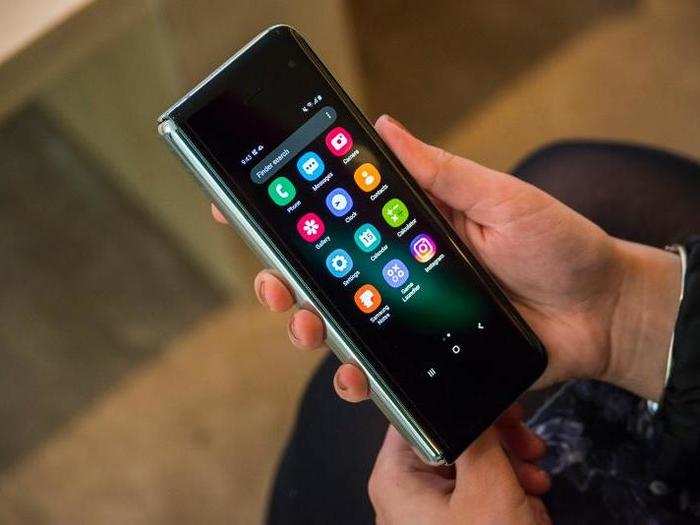
Because the AMOLED displays Samsung uses for its smartphones are capable of delivering deep blacks, it almost looks like the screen is floating in the center of the device's cover.
But Samsung intentionally kept the display from occupying the entire front of the device to maintain a 21:9 aspect ratio. Elongating the screen to match the size of the phone itself would likely make for an awkward experience when using apps.
As a phone, it also feels much thicker than what I'm accustomed to.
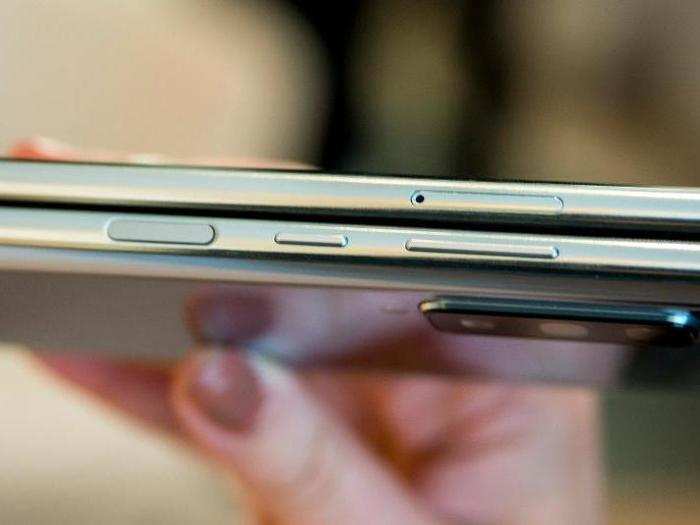
It's chunky for a smartphone, but I imagine most people who purchase the Fold will be using it in tablet mode more often.
Unlike many newer smartphones, there is a fingerprint sensor along the side of the device.
But the Galaxy Fold really shines as a tablet.
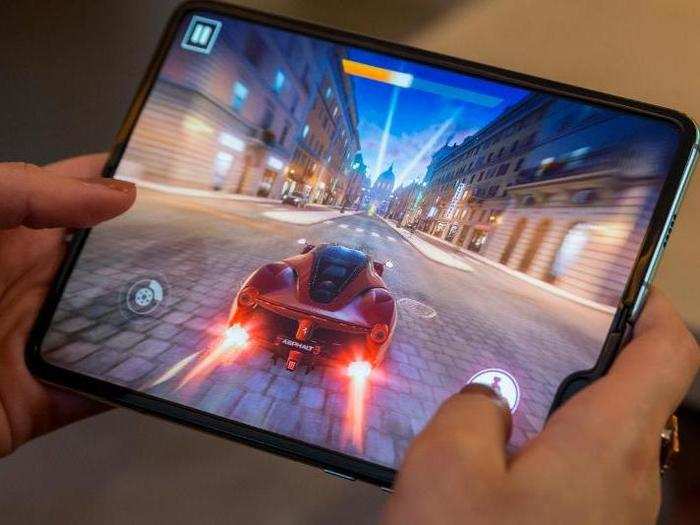
When unfolded, the device feels like it's just the right size for most of the activities I'd normally engage in on a phone or a tablet.
Not only is the screen and aspect ratio ideal for consuming media, but the device also feels much thinner and lighter than most tablets of the same size. Samsung says it uses an advanced composite polymer screen for the Fold's inner display, which is 50% thinner than the average smartphone screen.
Apps easily transition between phone mode and tablet mode on the Fold.
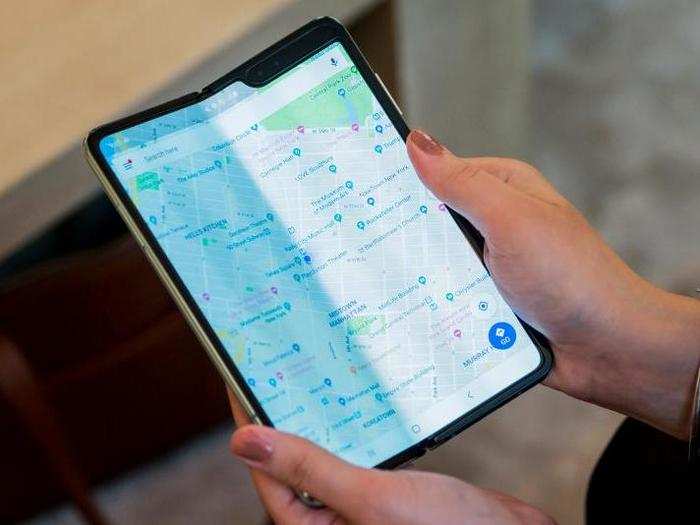
Samsung has been working with app developers to ensure that apps work smoothly on both the 4.6-inch screen and the 7.3-inch display. During the brief time I had with the device, I found that apps like Google Maps, YouTube, and Spotify transitioned from phone mode to tablet mode instantly as I unfolded the phone.
To make use of that extra screen space, the Galaxy Fold can run three apps on screen at once.
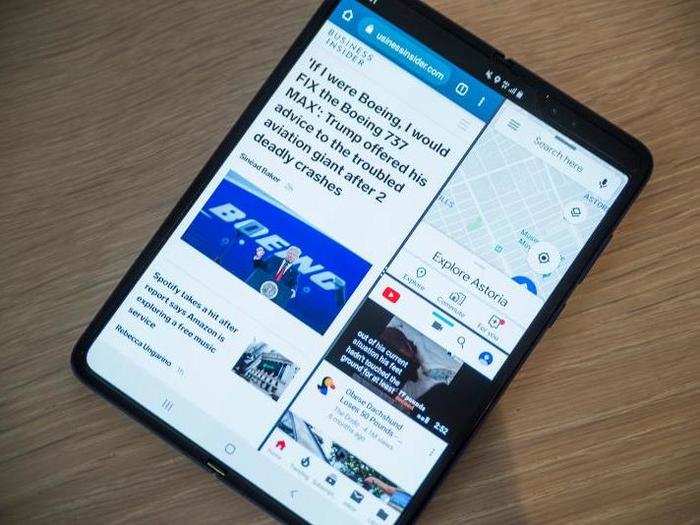
Samsung has offered the ability to run two apps in split screen mode on its smartphones for years, but it's taken that one step further with the Galaxy Fold.
Simply swiping in from the right of the screen will pull up a sidebar from which you can select a new app to open alongside the one that's currently in use. You can also adjust the size of these windows by dragging the divider on-screen accordingly.
The hinge feels durable when folding and unfolding the device.
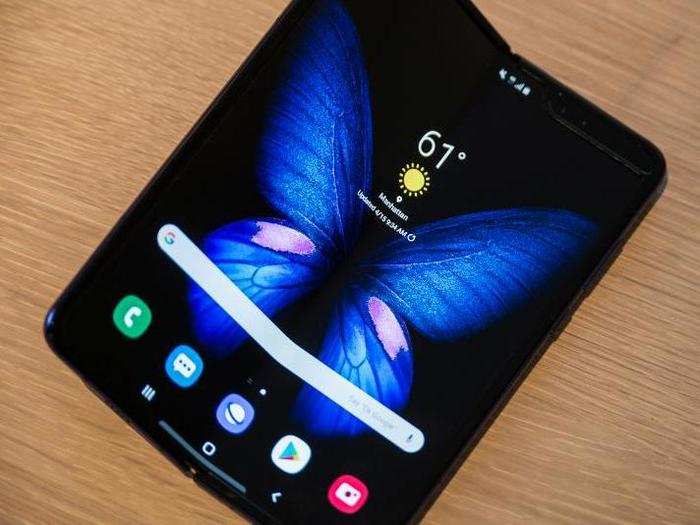
With its glossy, mirror-like finish and dual screens, the Galaxy Fold may look delicate. But it certainly didn't feel fragile when you're using it, at least during my experience with the device; opening and closing the Galaxy Fold doesn't feel much different than snapping shut a flip phone.
Samsung says the phone's dual-axis hinge is built to withstand 200,000 folds and unfolds, which means it's designed to last for at least five years if you open and close it 100 times per day. Of course, we won't have a better sense of the phone's durability until we've used it for a longer period of time.
The Galaxy Fold has six cameras total, which are placed on the front, back, and inside of the device.
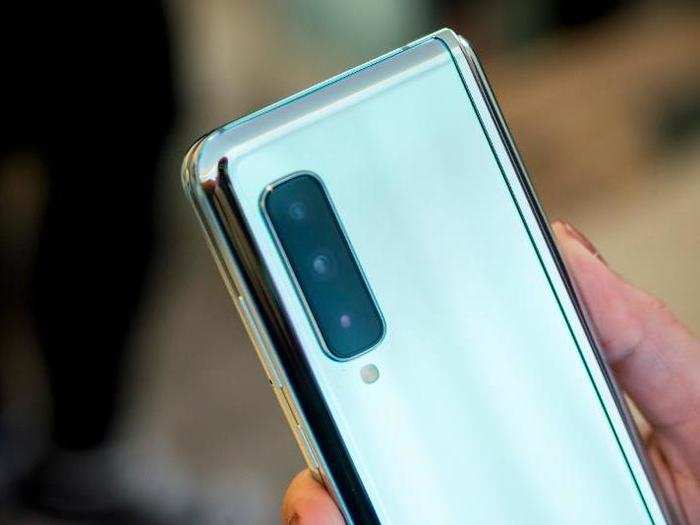
The Galaxy Fold has a 10-megapixel selfie camera situated on the front of the device when folded, another 10-megapixel selfie camera and an 8-megapixel depth camera on the inside when the phone is in tablet mode, and a triple-camera system on the phone's back.
The camera placement makes it possible to shoot photos or video no matter which mode the Fold is in. I did notice, however, that I had to be careful not to place my finger over the inner front-facing cameras when holding the device in its landscape orientation when in tablet mode.
The rear cameras match those found on the Galaxy S10, which means the Galaxy Fold is also capable of capturing ultra-wide-angle shots.
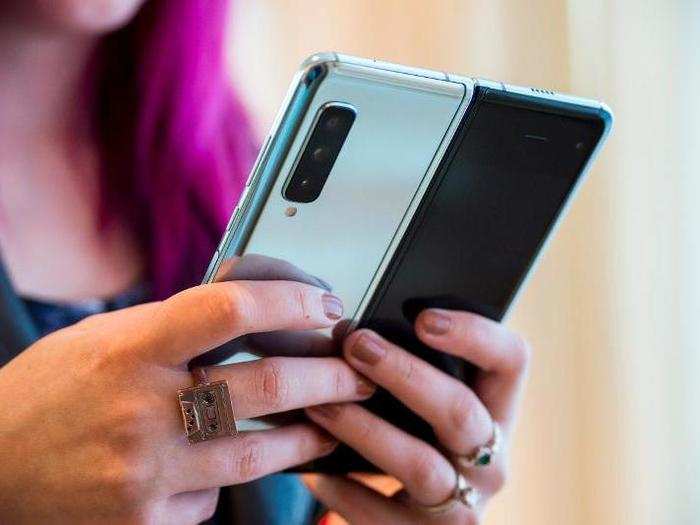
That triple camera arrangement on the back of the Galaxy Fold includes a 12-megapixel telephoto lens, a 12-megapixel wide-angle lens, and a 16-megapixel ultra-wide camera.
The Galaxy Fold's 7.3-inch screen provides it with a much larger viewfinder when taking photos than the average smartphone offers.
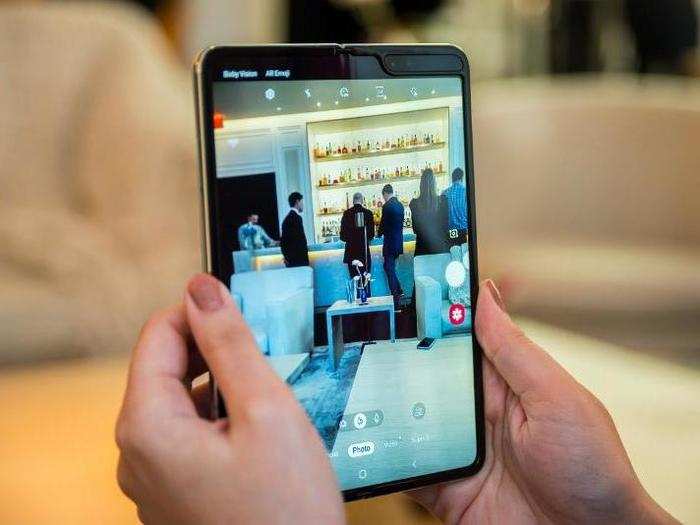
But I can also imagine that snapping a photo with one hand could be tricky when using the Fold in tablet mode.
Overall, the Galaxy Fold feels like a true "phablet" more than anything else.
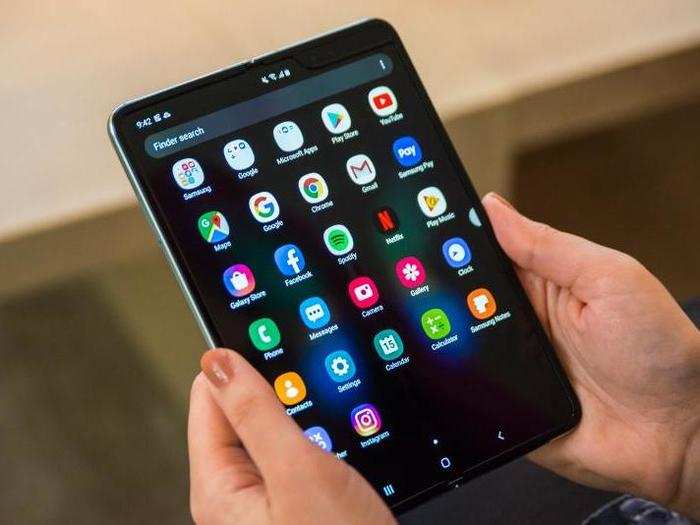
The term "phablet"— a portmanteau of phone and tablet — has been around for years, but no device has embodied it quite as well as the Galaxy Fold.
Its sky-high price will likely make it a difficult purchase for most, but it's a compelling proposition for how smartphones will evolve beyond the static touchscreen slates we're accustomed to today.
Popular Right Now
Popular Keywords
Advertisement